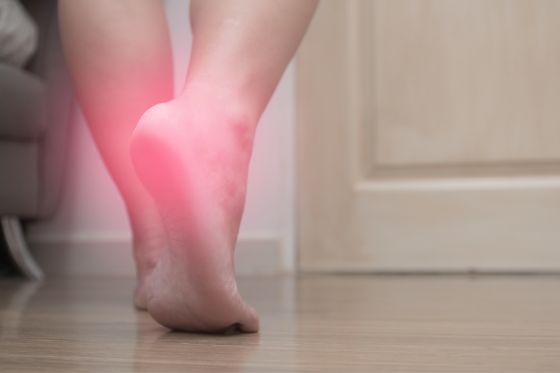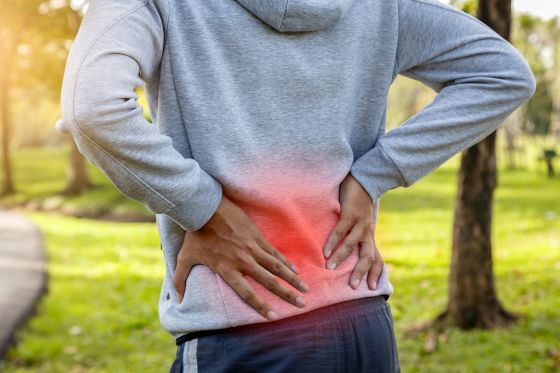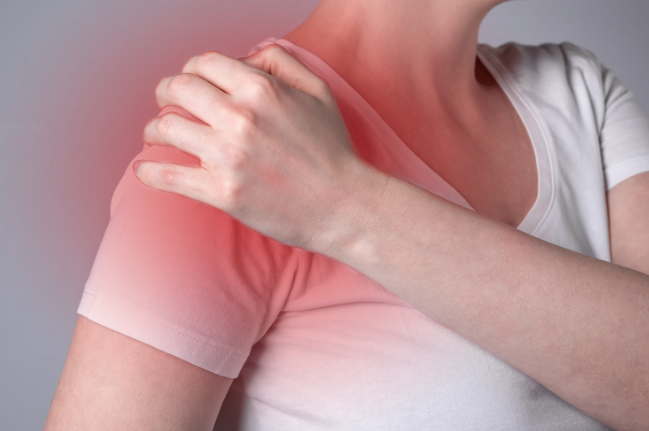Why HRV Matters
HRV measures the variation in time between each heartbeat, controlled by your autonomic nervous system. It shows how well your body adapts to stress and maintains balance. A higher HRV indicates better fitness and stress resilience, while a lower HRV can signal stress, fatigue, or potential health issues.
How HRV Affects Your Health
Stress Management: HRV is a powerful indicator of your stress levels and recovery status. By understanding HRV, you can determine when to push yourself and when to rest, leading to better stress management.
Cardiovascular Health: HRV is linked to heart disease risk factors such as high blood pressure and cholesterol levels. Regular monitoring of HRV can alert you to potential heart issues before they become serious.
Overall Well-being: Changes in HRV can signal shifts in your health before other symptoms appear. This makes HRV a valuable tool for early detection and proactive health management.
Ways to Improve Your HRV
Regular Exercise: Both aerobic exercises like running and cycling, and strength training exercises like weightlifting, can improve your HRV by enhancing cardiovascular fitness and reducing stress levels.
Mindfulness and Meditation: Practices such as mindfulness, meditation, and deep breathing exercises help regulate your nervous system, leading to improved HRV over time.
Quality Sleep: Aim for 7-9 hours of quality sleep each night. Good sleep is crucial for recovery and overall heart health, which in turn boosts HRV.
Balanced Nutrition: Eating a diet rich in omega-3 fatty acids, antioxidants, and fiber supports heart health and improves HRV. Focus on whole foods, including plenty of fruits, vegetables, nuts, and seeds.
Lifestyle Changes to Enhance HRV
Hydration: Staying well-hydrated supports overall bodily functions and can positively impact your HRV.
Avoiding Stimulants: Reducing caffeine and alcohol intake can help maintain a balanced autonomic nervous system, improving HRV.
Regular Relaxation: Incorporating relaxation techniques such as yoga, tai chi, or even leisurely walks can help reduce stress and improve HRV.
Technological Tools for HRV
Wearable Devices: Modern wearables like smartwatches and fitness trackers provide easy and accurate HRV monitoring. These devices offer insights into your daily HRV, allowing you to make informed lifestyle choices.
Apps and Software: There are various apps and software available that can analyze your HRV data, provide feedback, and suggest ways to improve your HRV.
Understanding Your HRV Data
Daily Monitoring: Keeping track of your HRV on a daily basis helps you understand your body’s response to different activities, stressors, and rest periods.
Long-term Trends: Observing long-term HRV trends can provide a clearer picture of your overall health and fitness, helping you make better decisions for your well-being.
Taking Action
Personalized Plan: Based on your HRV data, create a personalized plan that includes exercise, nutrition, sleep, and stress management strategies.
Professional Guidance: Consulting with healthcare professionals or fitness experts can help you interpret your HRV data and develop an effective health plan.
Don't leave your heart health to chance. Start monitoring your HRV to better understand your body's signals and take proactive steps to improve your health.
Click HERE to watch this week's episode about HRV.










 RSS Feed
RSS Feed